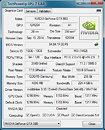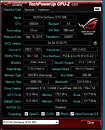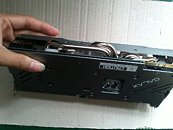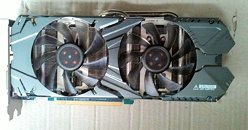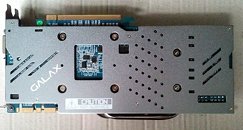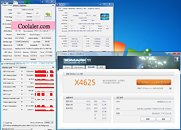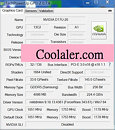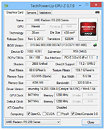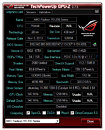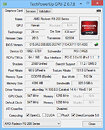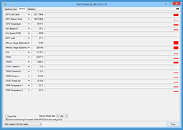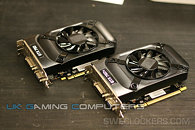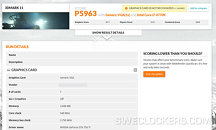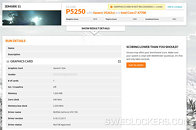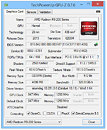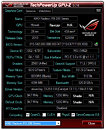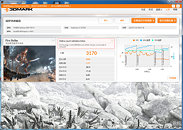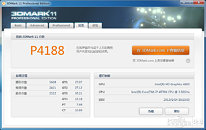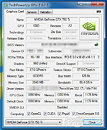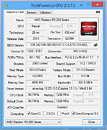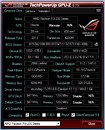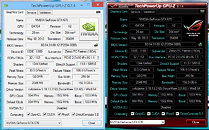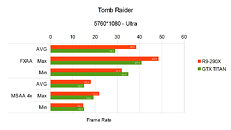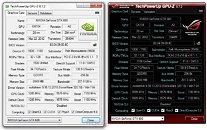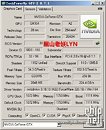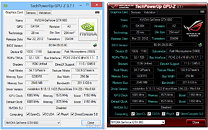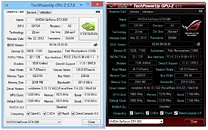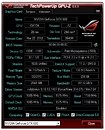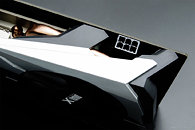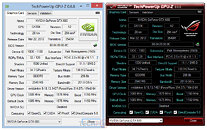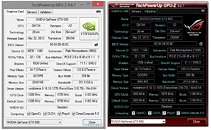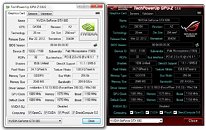
TechPowerUp GPU-Z v0.8.0 Released
TechPowerUp rolled out the latest version of GPU-Z, the popular graphics subsystem information, diagnostic, and monitoring app, which no enthusiast can leave home without. Version 0.8.0 introduces support for a large number of new GPUs, and fixes several bugs. To begin with, GPU-Z 0.8.0 adds full support for GeForce GTX 980 and GTX 970, including a reliable method of extracting BIOS from GeForce "Maxwell" GPUs. Support is also added for Quadro K420, K620, K2000D, K2200, K4200, K5200; and Radeon R5 M240, R5 M255, FirePro W2100, W4100, W8100, FireStream 9270, FirePro 2450. Preliminary support is added for AMD "Topaz" GPU.
GPU-Z 0.8.0 now accurately measures dedicated and dynamic memory usage on Windows 8 and 8.1 systems. A system hang is fixed on systems with AMD "Hawaii" GPUs, when GPU-Z is running alongside an accelerated video playback. GPU-Z now correctly reads the ROP and stream processor counts of AMD "Tonga" GPU, with updated die-size info. Stuttering on systems with CrossFire ULPS is fixed. The change-log details other relevant changes.DOWNLOAD: TechPowerUp GPU-Z 0.8.0 | GPU-Z 0.8.0 ASUS ROG Themed
The change-log follows.
GPU-Z 0.8.0 now accurately measures dedicated and dynamic memory usage on Windows 8 and 8.1 systems. A system hang is fixed on systems with AMD "Hawaii" GPUs, when GPU-Z is running alongside an accelerated video playback. GPU-Z now correctly reads the ROP and stream processor counts of AMD "Tonga" GPU, with updated die-size info. Stuttering on systems with CrossFire ULPS is fixed. The change-log details other relevant changes.DOWNLOAD: TechPowerUp GPU-Z 0.8.0 | GPU-Z 0.8.0 ASUS ROG Themed
The change-log follows.
